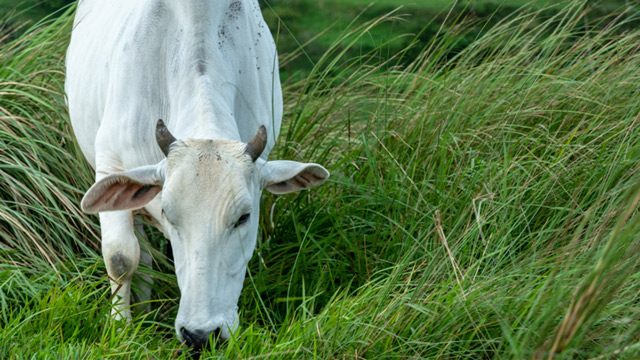SUMMARY
This is AI generated summarization, which may have errors. For context, always refer to the full article.

MANILA, Philippines – A government program that cost P2.85 billion to implement appears to have achieved only “minimal improvement” in increasing the number of dairy animals in the Philippines, the Commission on Audit (COA) said.
The Herd Build-Up Program (HBP), ran for 6 years, from 2012 to 2018. It started with 39,069 dairy animals but ended up with only 47,600 animals at the most recent count in 2018 and included cattle and carabaos.
The program aimed to increase the local supply contribution for milk to 10% from a 2012 local supply figure of 1%. Some 99% of the milk in the Philippines is imported.
The 111-page performance audit released by COA on January 23 showed that from 2013 to 2016, there was only a 0.2% uptick in the milk production, and a 0.3% uptick from 2017 to 2018. This amounts to the importation of 1.746 billion liters of the country’s local requirement, while Filipino cattle and carabao raisers supplied only 23.69 million liters of milk.
The National Dairy Authority (NDA) and the Philippine Carabao Center (PCC) produced less than 4 of every 5 liters of that figure.
The audit team reported, “Analysis of the local milk production in CY 2018 revealed that, of the 23.69 million liters total production for the industry translated to 1.3 percent local milk sufficiency, only 18.40 million liters could be accounted from the reports/data of the NDA and PCC.”
The NDA brought in 15.25 million liters, while the PCC contributed 3.15 million liters.
Reasons for failure
COA’s report outlined 5 reasons for the lackluster results of the program:
- There was lack of coordination and cooperation among the key agencies.
- The Dairy Road Map did not provide well-defined roles responsibilities to stakeholders and didn’t tap the private sector.
- The NDA and PCC efforts were underfunded, making it more difficult to import dairy animals for breeding.
- There was low use and low success rate of artificial insemination on the herd.
- The death of livestock resulted in losses of about P817.77 million during the program’s lifespan.
State auditors noted that, due to underfunding, the NDA was able to import only 3,060 dairy animals out of the target 11,880 heads. Meanwhile, the PCC didn’t even get to import dairy buffalos “due to lack of funding support from the Department of Agriculture.”
The deaths of the imported cattle also cost the government millions – some P346.35 million on the NDA side and P471.42 million on the PCC side – and effectively set back the program.
Based on interviews with program officials and dairy farmers, COA reported that cattles died due to “problems with herd management, inadequate provision of proper animal health care services, and non-provision of housing facilities for animals.”
Still, COA recommended that the program be continued. It urged the NDA and PCC to work on implementing artificial insemination on the existing herds, as well as working on improving the buy-back program with their partner raisers to increase their inventory and better address the issue of cattle deaths.
“It is expected that the demand for locally-produced milk in the implementation of RA 11037 or the National Feeding Program will provide impetus to the government as well as the private sector for more investments aimed at increasing the number of dairy animals and volume of milk production,” COA said.
On Tuesday, January 28, Senator Cynthia Villar called out the PCC and the NDA for not ensuring that milk would be affordable to low-income families. She said lack of milk would explain why children perform poorly in school.
“Ninety-nine percent [of milk] is all imported. If a child is poor, can he buy imported milk? No. This is why poor kids don’t drink milk. That’s why you’re partly to blame for the dumbness of children. Children are made to drink milk so that they would be smarter,” said Villar, who chairs the Senate committee on agriculture committee. – Rappler.com
Add a comment
How does this make you feel?
There are no comments yet. Add your comment to start the conversation.